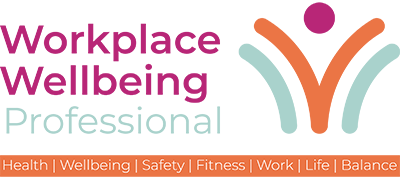New findings based on 2,741 UK workers reveal that whilst UK employees are open to AI use across business functions to meet objectives, there’s a clear desire for businesses to increase transparency around their AI plans, as found by Asana Inc.
Sanj Bhayro, GM of EMEA at Asana commented:
As our interaction with AI evolves, leaders and organisations will face new and increasingly urgent responsibilities. While some workers may embrace AI, they also need greater transparency from executive leaders around their AI plans and policies.
Sanj Bhayro, GM of EMEA at Asana
Key findings from the data include:
The findings, from Asana, Inc.‘s Work Innovation Lab shows AI’s role in helping companies meet objectives is recognised by workers:
- 49% are confident that AI will help their companies reach their objectives more effectively than traditional methods of working
- Almost half (48%) of UK employees expect their companies to use AI for goal-setting
- However, only 5% of UK employees say their organisation is currently using AI for goal-setting
4 in 10 UK employees say that their organisations are currently experiencing ‘a high rate’ of burnout
- With a spotlight on helping people take time back and driving efficiencies, 92% of employees want to use AI to enhance some part of their jobs
- UK employees across all levels approve of AI being used for:
- Development and training (61%)
- Decision-making processes (32%)
- Customer service interactions (50%)
- Hiring processes (26%)
Employees want to know more about their company’s AI plans
- Only around a third (30%) believe they currently have transparency of their organisation’s AI plans
- There’s a slight disconnect between employees and execs, as more execs (39%) say they have been transparent
AI transparency is now a factor in UK workers’ career planning
- The top three AI-related career considerations are:
o If the company is transparent about its use of AI (56%)
o If the company has adopted a human-centred AI approach (44%)
o If the company offers training on AI (40%)
Anne Raimondi, COO at Asana commented:
We’re entering the golden age of productivity, where humans and AI together can achieve more than ever. The key to success is empowering enterprise leaders to use AI to enhance what people already do best, from communicating cross-functionally to operationalising strategy. It’s critical for organisations to build AI strategies around guiding principles that provide clear direction on how AI can, and should, be used. Leaders need to empower people to work alongside AI to increase not only productivity, but creativity and innovation as well.
Anne Raimondi, COO at Asana
Joanne is the editor for Workplace Wellbeing Professional and has a keen interest in promoting the safety and wellbeing of the global workforce. After earning a bachelor's degree in English literature and media studies, she taught English in China and Vietnam for two years. Before joining Work Well Pro, Joanne worked as a marketing coordinator for luxury property, where her responsibilities included blog writing, photography, and video creation.



